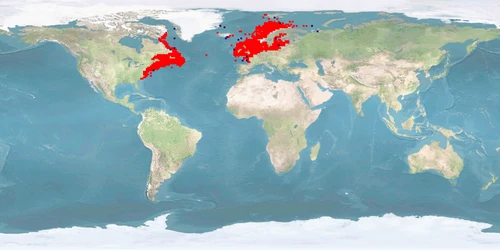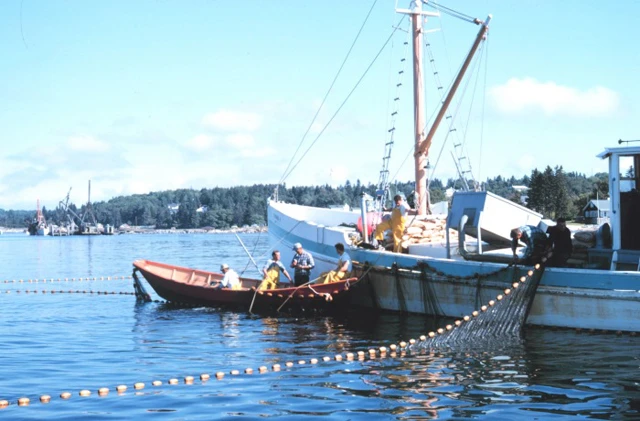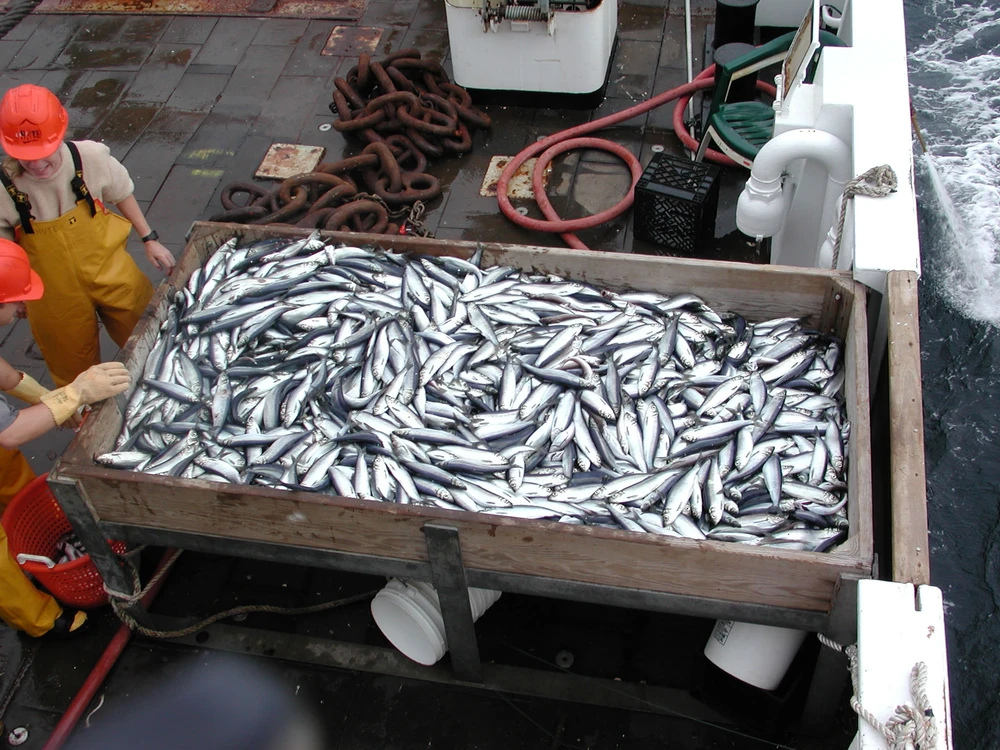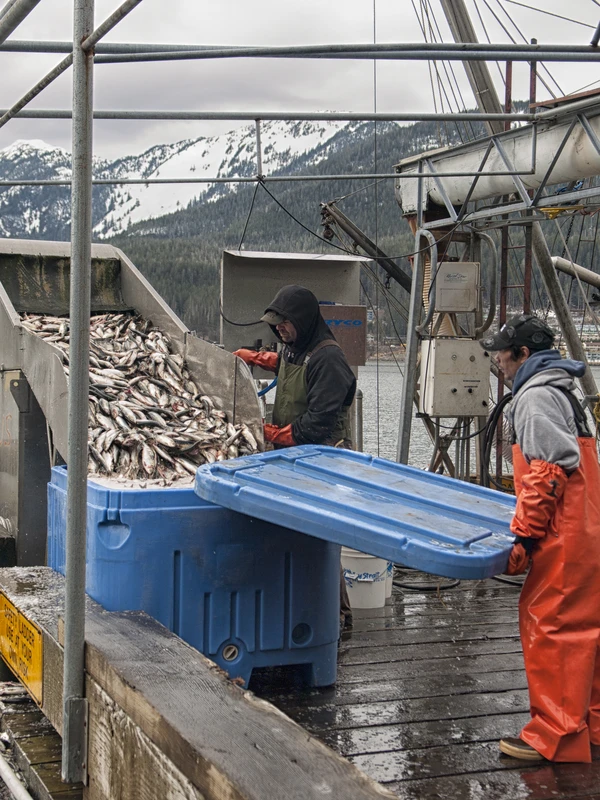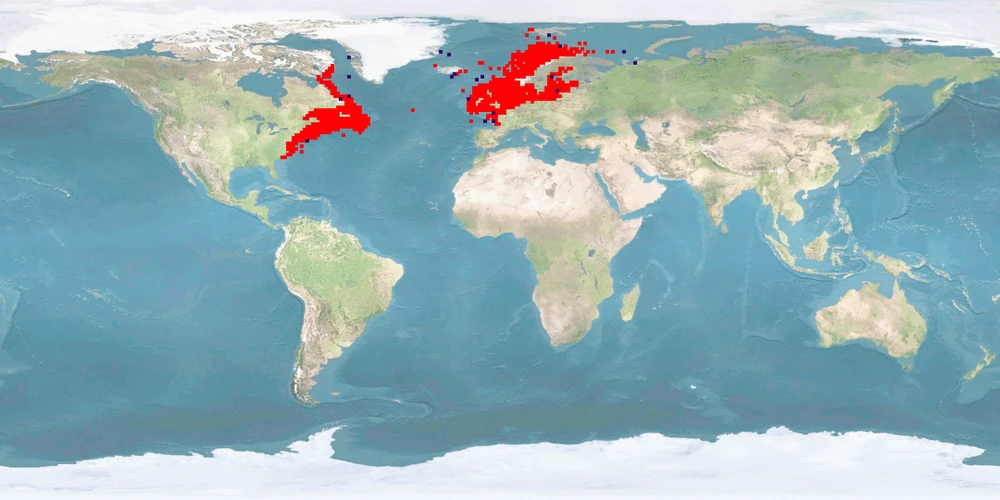Catching remarks
Clupea harengus is a schooling species that inhabits the Atlantic ocean and the Baltic Sea. It forms big schools of similar sized IND, although sometimes ADULTS and JUVENILES get mixed in the same school. The schools are especially large during migrations to spawning grounds. Due to its small size and its schooling behaviour, C. harengus is one of the most frequently fished species in the world in terms of number of IND. Many countries have regulated the landings and some have closed the spawning grounds to ensure a restoration of the decimated populations that were suffering from overexploitation. C. harengus has an important role in the ecosystem, since it incorporates zooplankton into the trophic chain and is then predated by a vast number of larger species.
Fisheries target ADULTS, SPAWNERS, and JUVENILES. The most common fishing method nowadays is purse seine. JUVENILES are also traditionally caught by different types of methods. Decreasing distance to neighbours – especially during crowding – and contact with the gear are the most frequent welfare hazards during catching with purse seine. Avoiding crowding or keeping it short – particularly at the peak density – may avoid a steep decrease in welfare. Usually, IND are pumped out of the net onto the vessel which allows them to stay in water, but the arrival on deck may be accompanied by injuries and stress. If not already crushed, the most common ways to die are by asphyxia or hypothermia. A protocol for stunning and slaughter is urgently needed.
For details see: WelfareCheck | catch (pre-release)
Related news
FishEthoGroup produced another of their Fishtalk podcast episodes on species covered in the fair-fish database. Clupea harengus, the Atlantic herring, is the second wild-caught species coming from the catch branch launched in the end of 2023. So far, we have looked at the welfare of C. harengus during the steps of being caught with purse seine, and you can learn about it in this episode. C. harengus is caught with other methods as well. These will be covered at a later point in time. For C. harengus and purse seine, check the episode in the Overview or head to FishEthoGroup.
And here is the second WelfareCheck in the recently launched catch branch of the fair-fish database: Clupea harengus (Atlantic herring) caught with purse seines. Although there is more welfare-related research available than for Engraulis ringens, we were not highly certain of any of our scorings. And neither likelihood nor potential turned out to be high in any of the criteria.
We are collecting more feedback and constantly learning. If you are familiar with herring purse seine fisheries and would like to share your knowledge, please do not hesitate to contact us.







